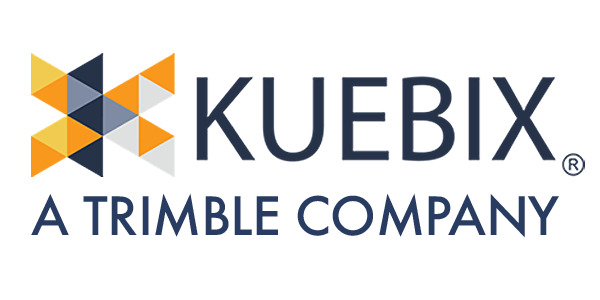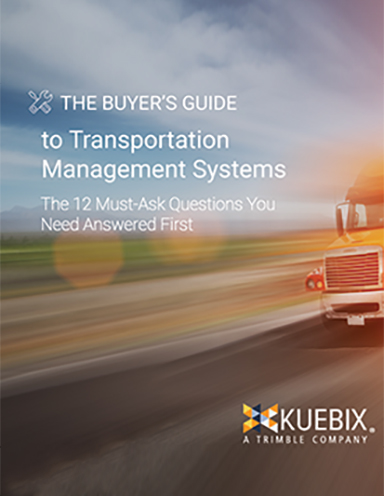Integrating Transportation Management Systems Functionality via API Technology

While Electronic Data Interchange, or EDI, has made a tremendous contribution to integrating electronic communications, logistics managers looking to streamline and expedite common processes that are essential to their supply chain operations might want to check out the latest application programming interfaces, API approach.
I don’t think anyone would disagree with me when I say the shipping ecosystem owes a huge debt of gratitude to Electronic Data Interchange (EDI).
Many decades after companies in numerous industries implemented it to enable electronic communications and change the way they did business, EDI is still alive and well.
But as Application Programming Interfaces, or APIs, have ascended, I’ve seen them grow in popularity as the preferred means to integrate shippers and carriers.
Why? The EDI approach positions middleware and transaction processing as a sort of middleman.
That can take time and create continue inefficiencies in the supply chain.
In the shipping world, this has given rise to wider use of application programming interfaces (API) which allow tighter integration of shippers with carriers.
APIs allow for rapid onboarding of customers and their negotiated carrier rates into the Kuebix TMS. This can be done in the time it takes to book a flight online.
When it comes to connecting to ship, APIs eliminate the middleman and create a direct connect that delivers critical information – such as tracking info on shipments – to both parties in the transaction.
Better still, APIs are the easiest way to integrate functionality into transportation management systems (TMS).
Enter Integrations
Here’s where the payoff comes. TMS vendors such as Kuebix, have created a menu of integrations that can be added to the system to support added functionalities. Customers can add purchase order, bill of lading, and shipment status and tracking to streamline these processes.
And just like a diner-friendly restaurant, items not on the standard menu can be created or customized to the specific needs of the customer shipping freight.
TMS vendors can provide standard integrations that they have developed as well as integrations created by third parties, all so you can optimize supply chain management to meet the often-top corporate priority of cutting costs in the supply chain.
Once integrations have been added to a customer’s TMS, the time savings and streamlining can really begin. And it’s the beginning of the end for inefficiencies.
Integrations You Can Count On
Let’s take carrier invoice integration as an example. The shipper receives his or her invoices in the TMS for automatic invoice audit. If an invoice does not match the agreed upon rate for the shipment, the TMS will automatically create a rate exception claim.
Sound great? It should, given that you can’t squeeze savings out of a process that you don’t directly control.
How about adding a purchase and sales order integration? Logistics managers can use their TMS to simplify the creation and tracking of true landed cost down to the SKU level and streamline shipping freight.
The hits will just keep coming in the form of additional integrations. Complex EDI, SOAP or REST integrations can be simplified with a standard or customer interface that seamlessly ties into an ERP system. That’s a big part of a supply chain management strategy.
What About EDI?
The rise of API integrations doesn’t mean an end to EDI integrations by any means. But those logistics managers looking to streamline and knock time out of common processes that are essential to their supply chain operations might want to check out the API approach and available integrations.
See how a Kuebix Carrier 210 integration works (watch the video above).
About the Author
Dan Clark, Founder and President of Kuebix, is a transportation industry veteran. He possesses extensive operations and sales experience gained from years of working with the leading freight carriers.
Related Article Freight Intelligence: Learning from the Mayweather-McGregor Mess
Get started today with your FREE TMS Trial!

White Paper
Effectively Managing Big Data in Your Supply Chain
In this white paper, we’ll explain what the term “big data” means to the typical supply chain, introduce effective strategies for managing and leveraging that data, show how one grocer is using predictive analytics to harness its own big data, and explain the “first steps” that companies need to take down the path to effective management of their big data. Download Now!
Article Topics
Kuebix News & Resources
Visibility + TMS = A Winning Combination Trimble Placed in 2021 Gartner Magic Quadrant for Real-Time Transportation Visibility Platforms Kuebix Positioned Again as a Challenger in 2021 Gartner Magic Quadrant for TMS The Buyer’s Guide to Transportation Management Systems TMS Update: Adoption accelerates The Logistics of Valentine’s Day during COVID-19 Pandemic Research: Trends in the Supply Chain and Their Impact on the Transportation Management System Market More KuebixLatest in Transportation
FedEx Announces Plans to Shut Down Four Facilities The Two Most Important Factors in Last-Mile Delivery Most Companies Unprepared For Supply Chain Emergency Baltimore Bridge Collapse: Impact on Freight Navigating Amazon Logistics’ Growth Shakes Up Shipping Industry in 2023 Nissan Channels Tesla With Its Latest Manufacturing Process Why are Diesel Prices Climbing Back Over $4 a Gallon? More Transportation














